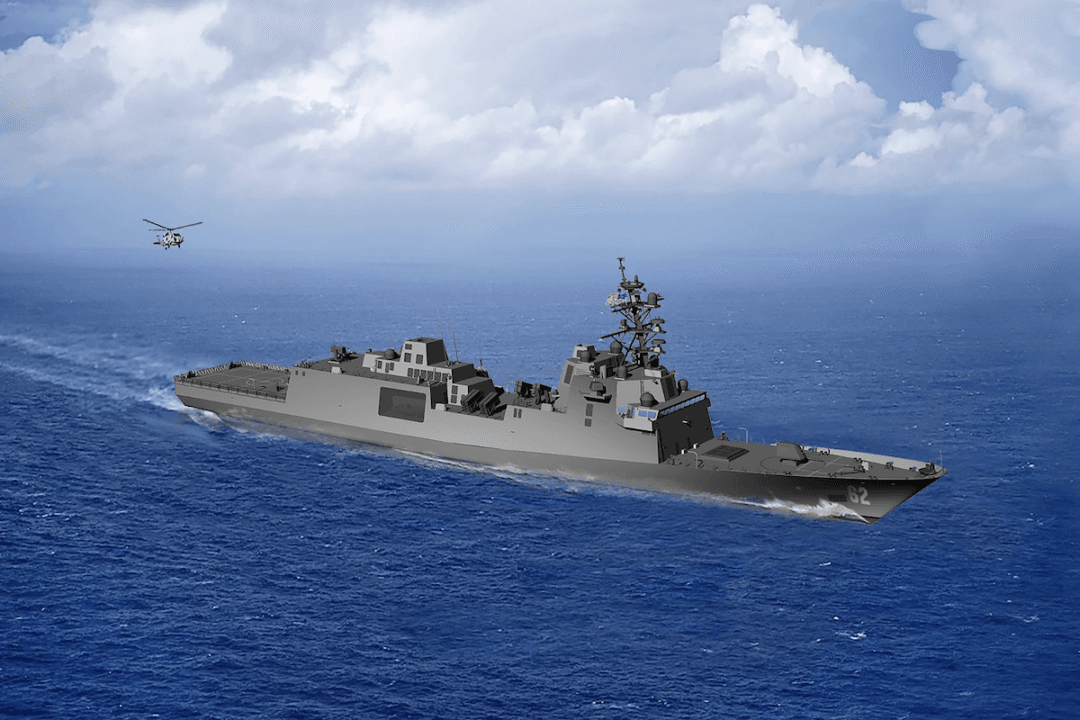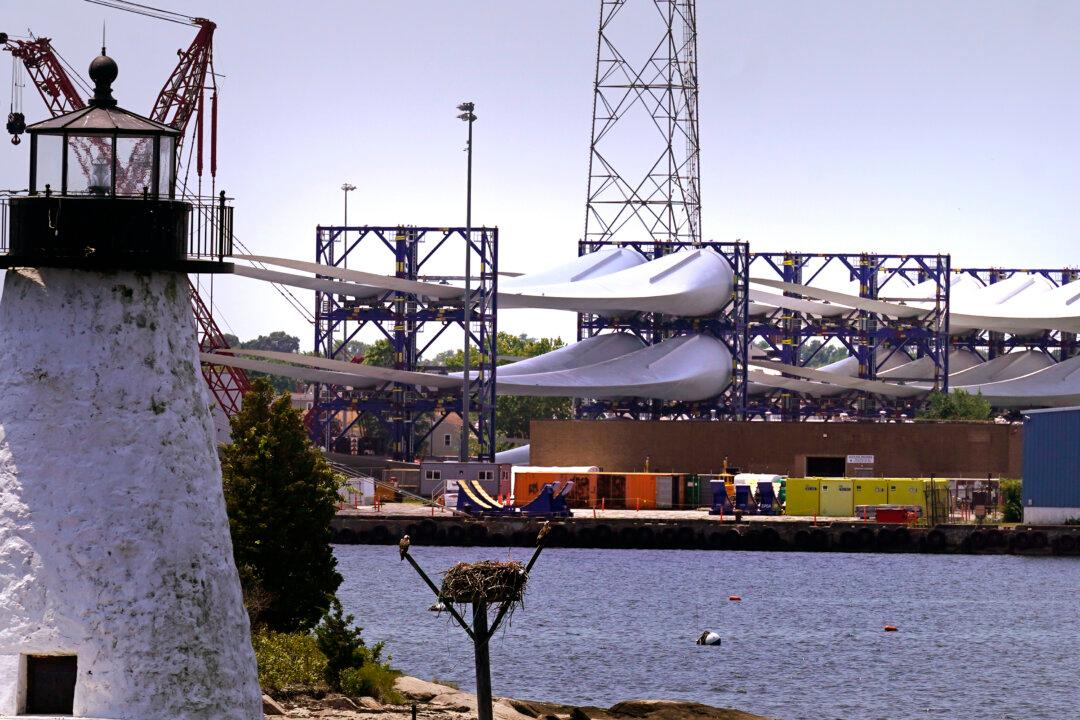There appears to be growing bipartisan Congressional consensus, and acknowledgment from with the Biden administration, that its shipbuilding plan for the U.S. Navy is headed for an overhaul.
The Biden administration’s $886 billion Fiscal Year 2024 (FY24) defense budget request includes $842 billion for the Pentagon, which has earmarked $202.5 billion for the Navy, a 4.5 percent increase; and $53.2 billion for the Marine Corps, about a 3-percent hike from the existing budget.





